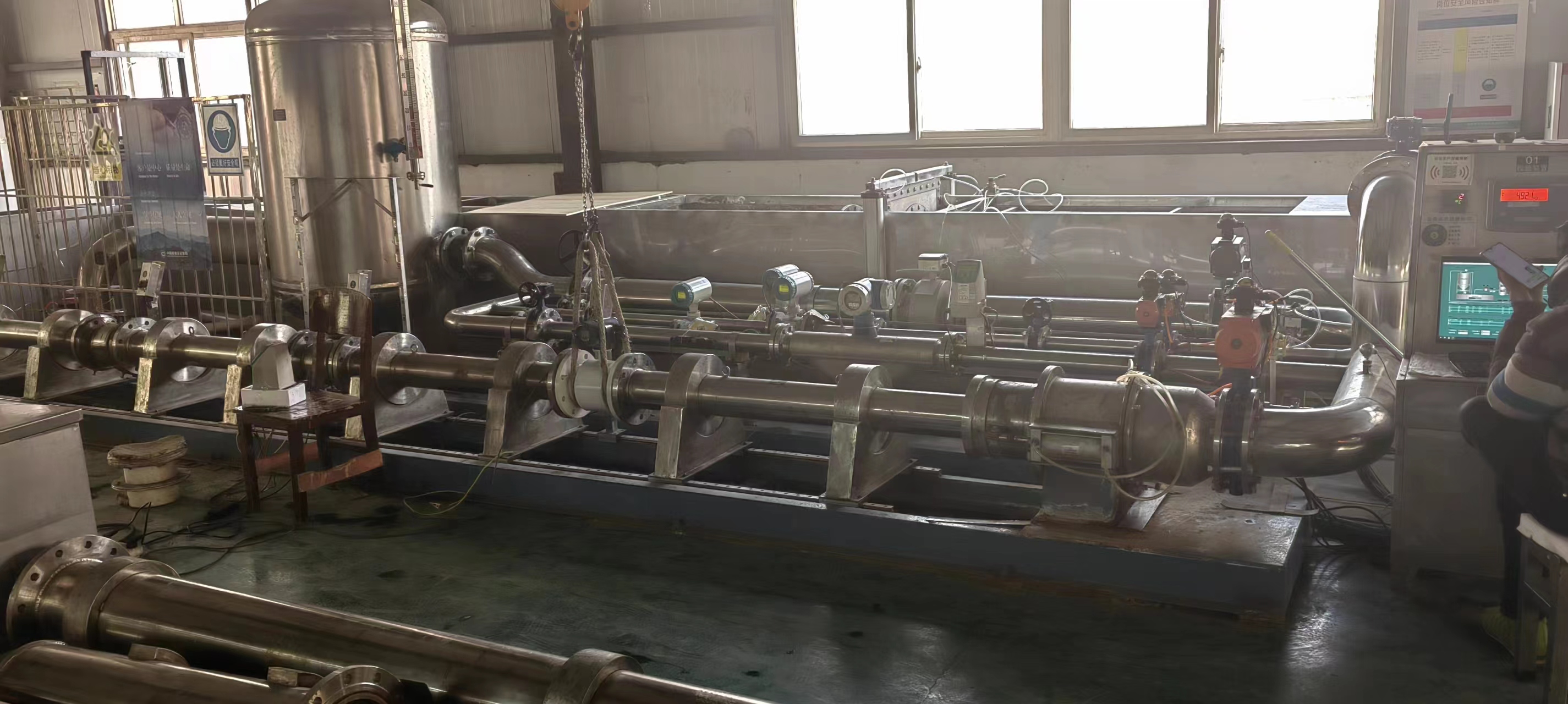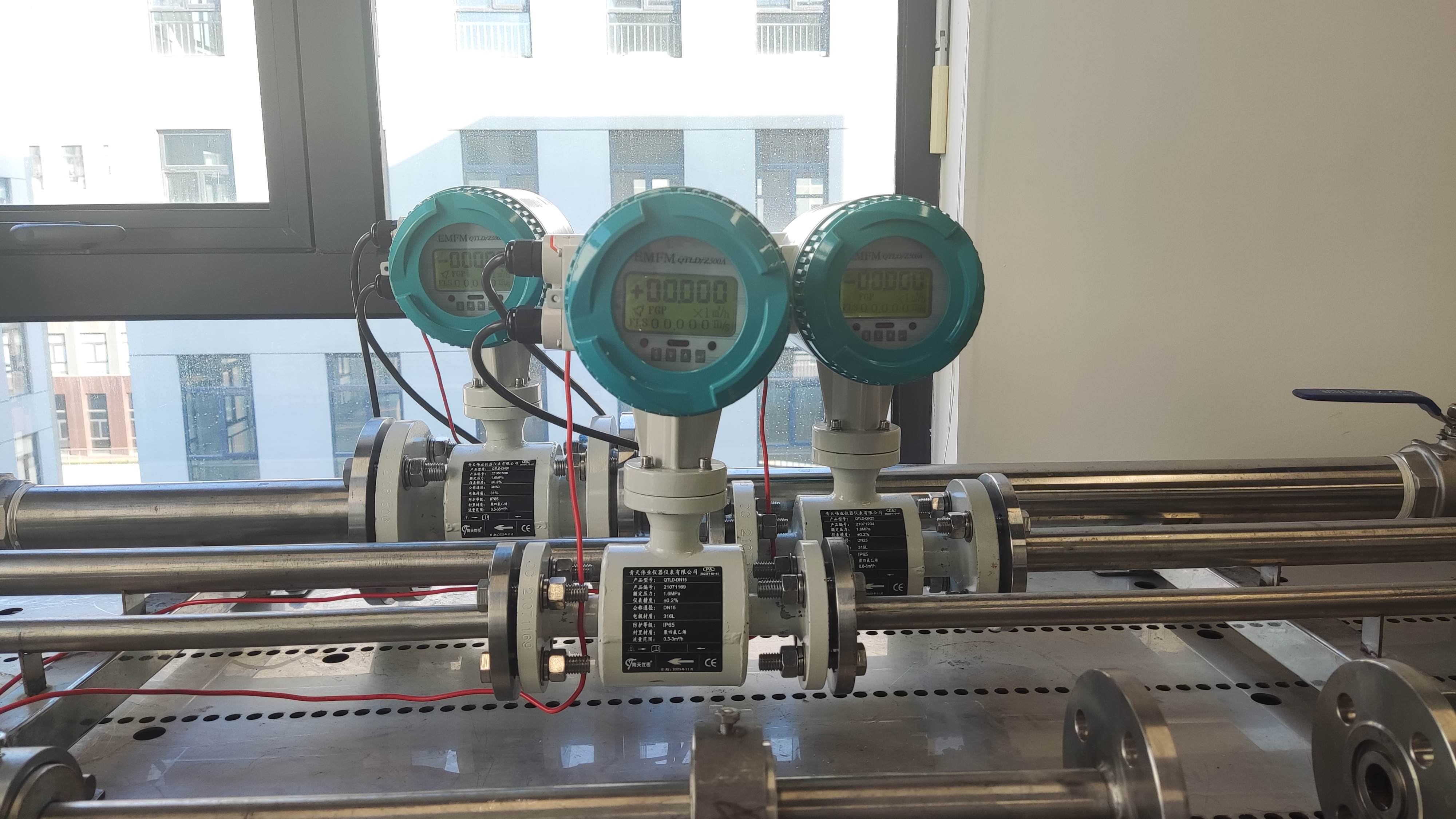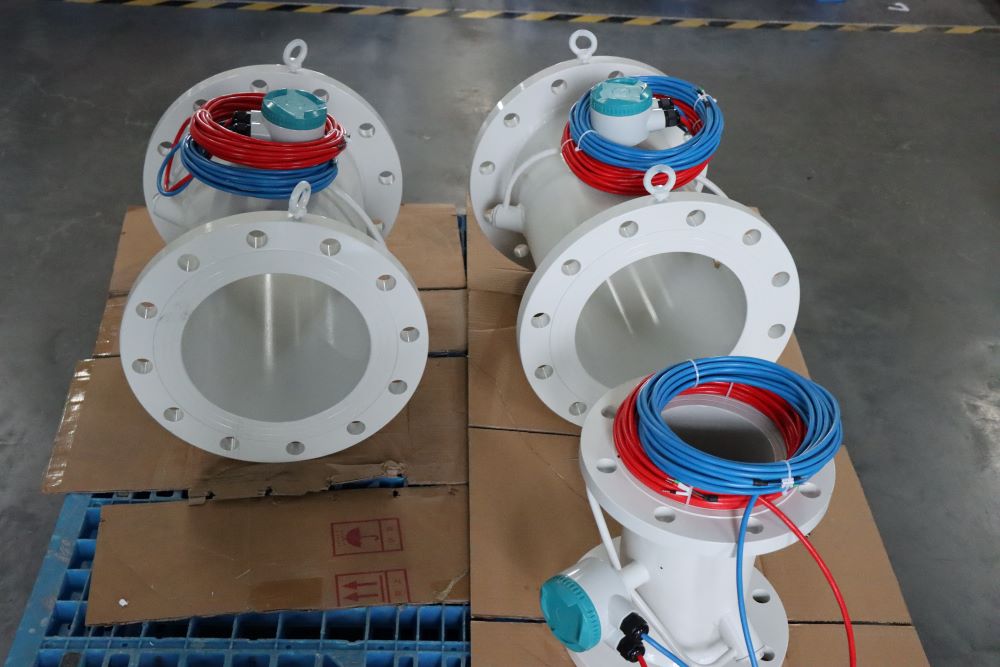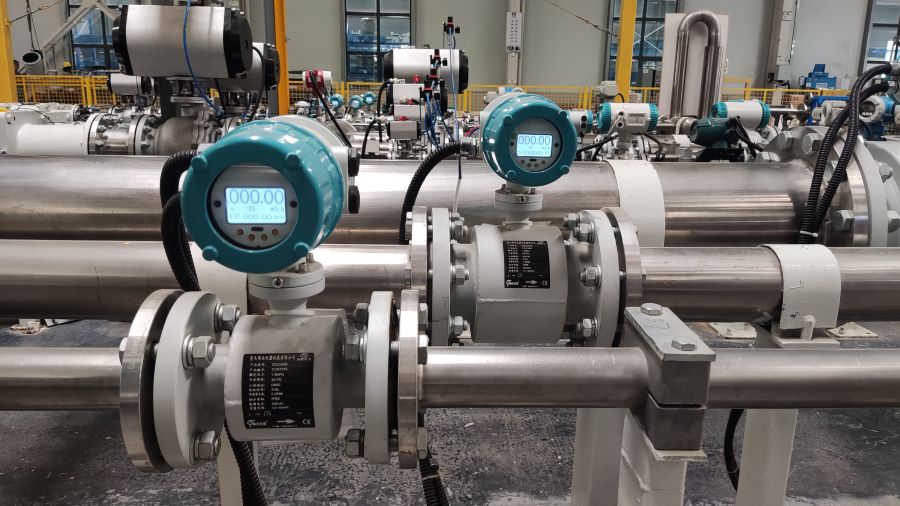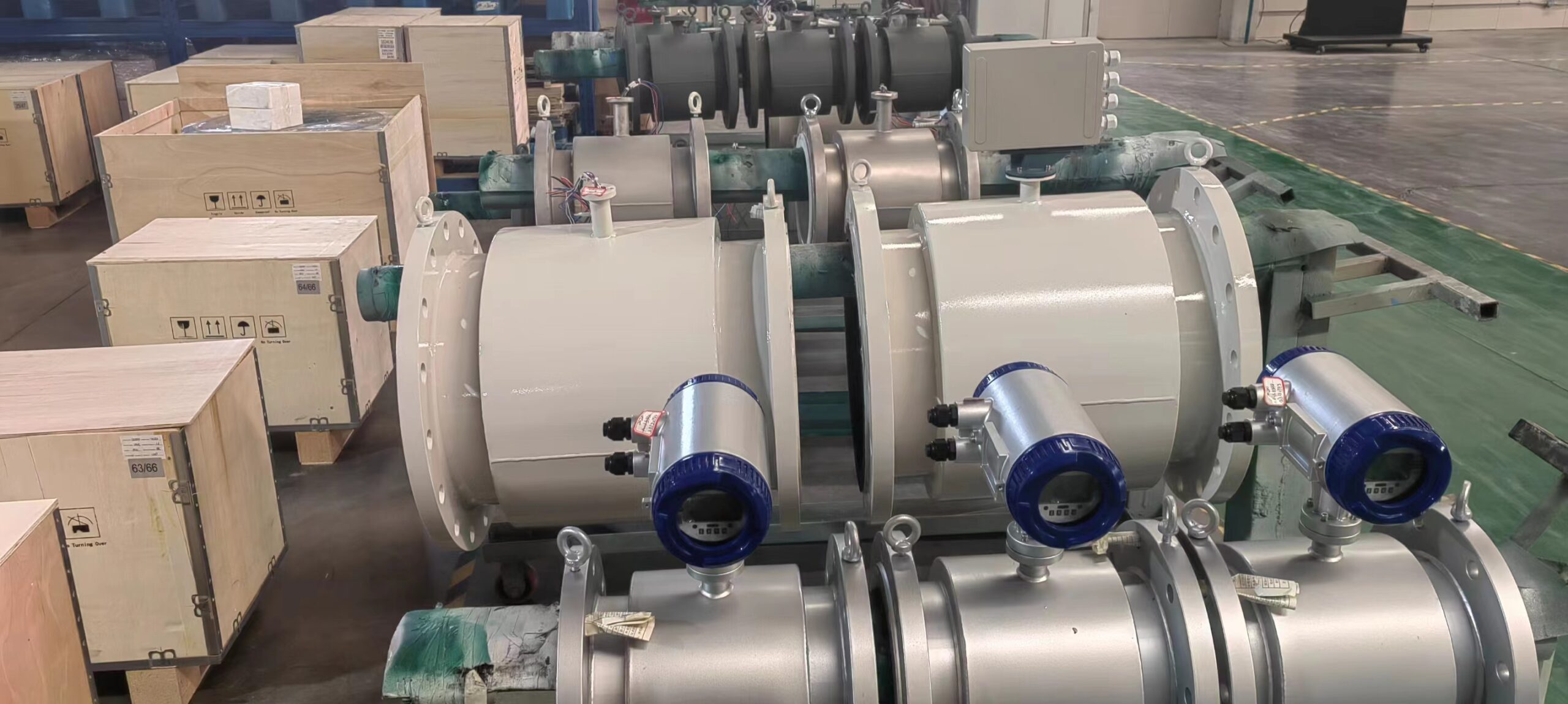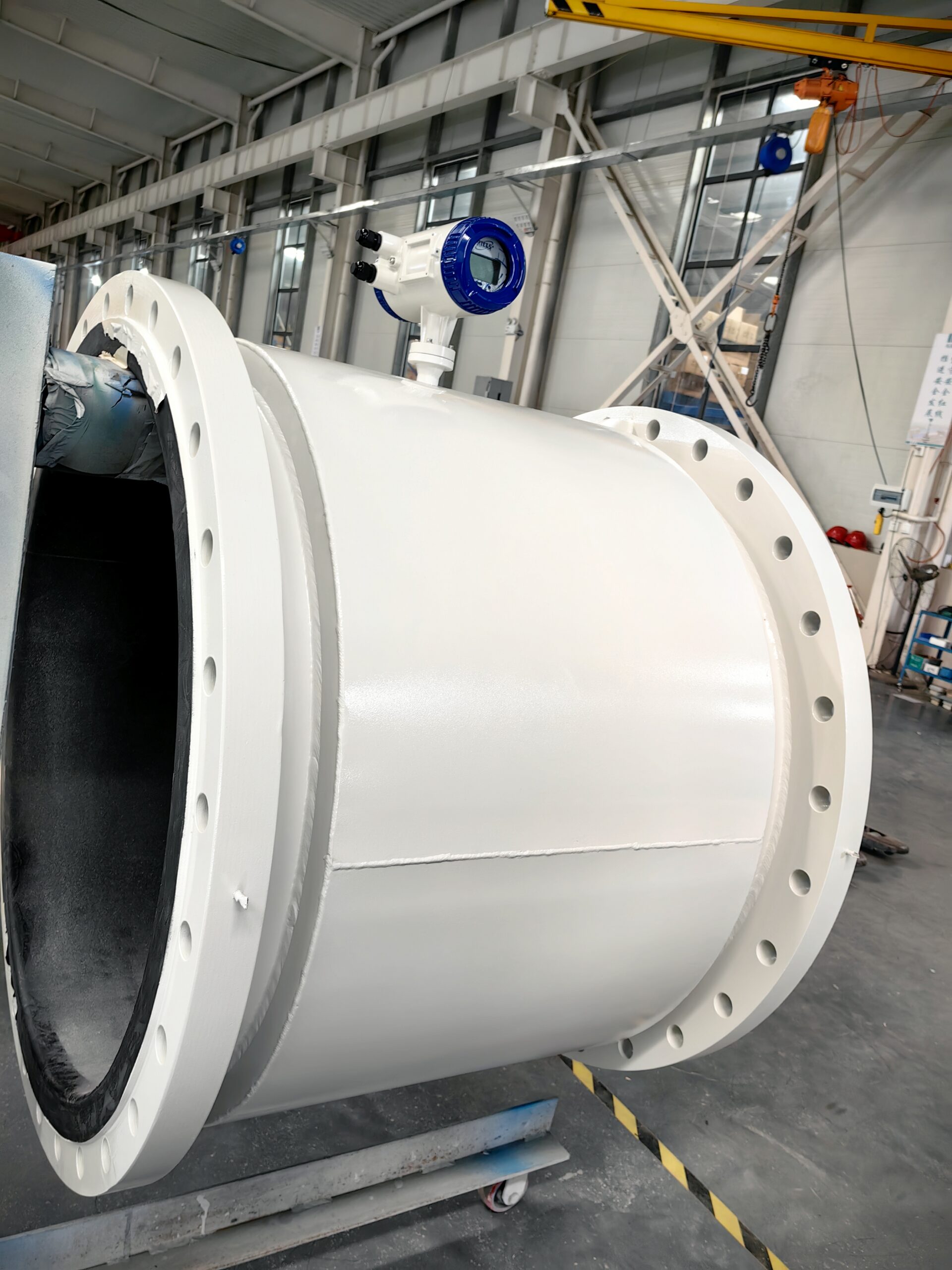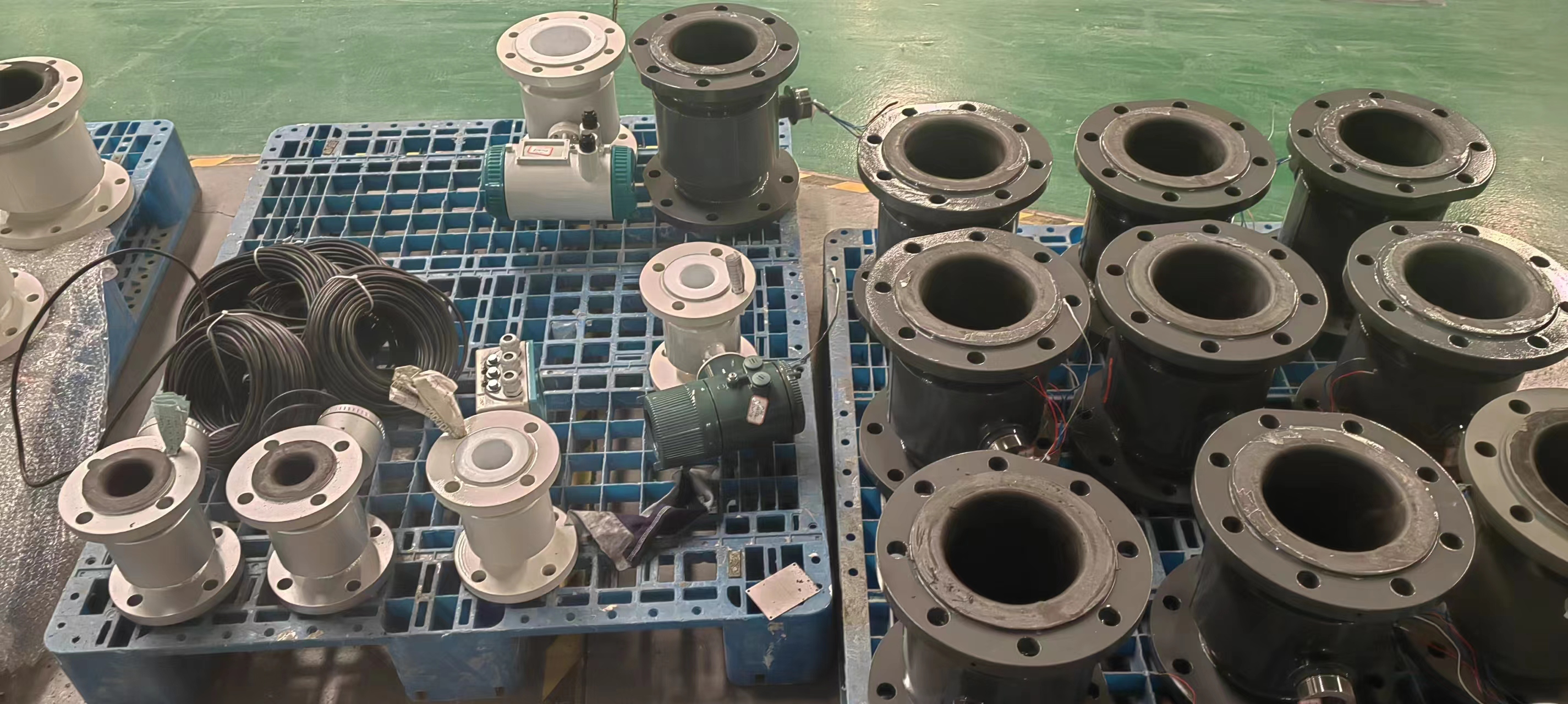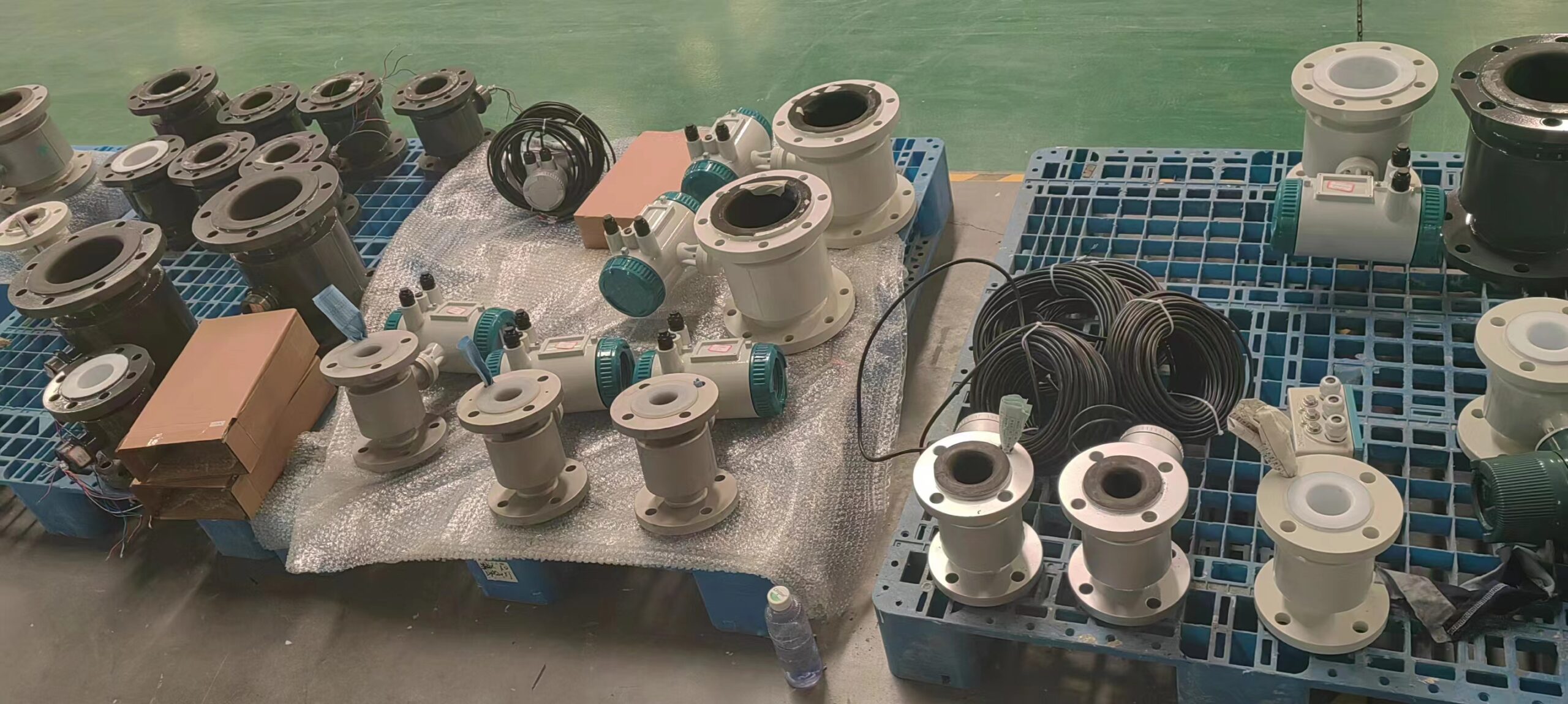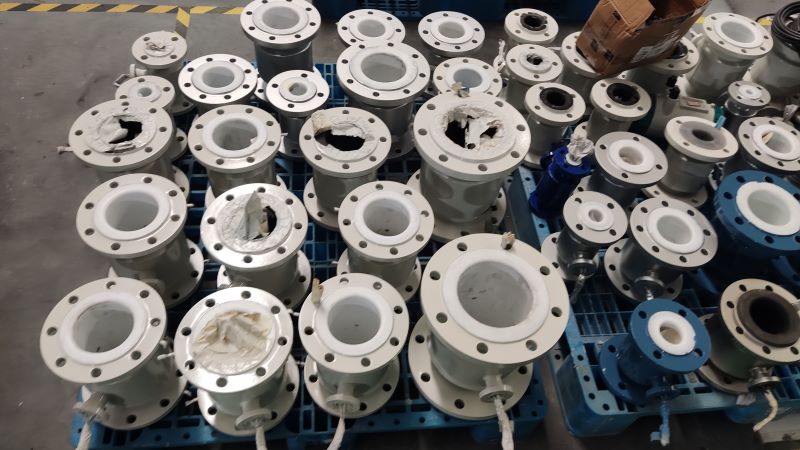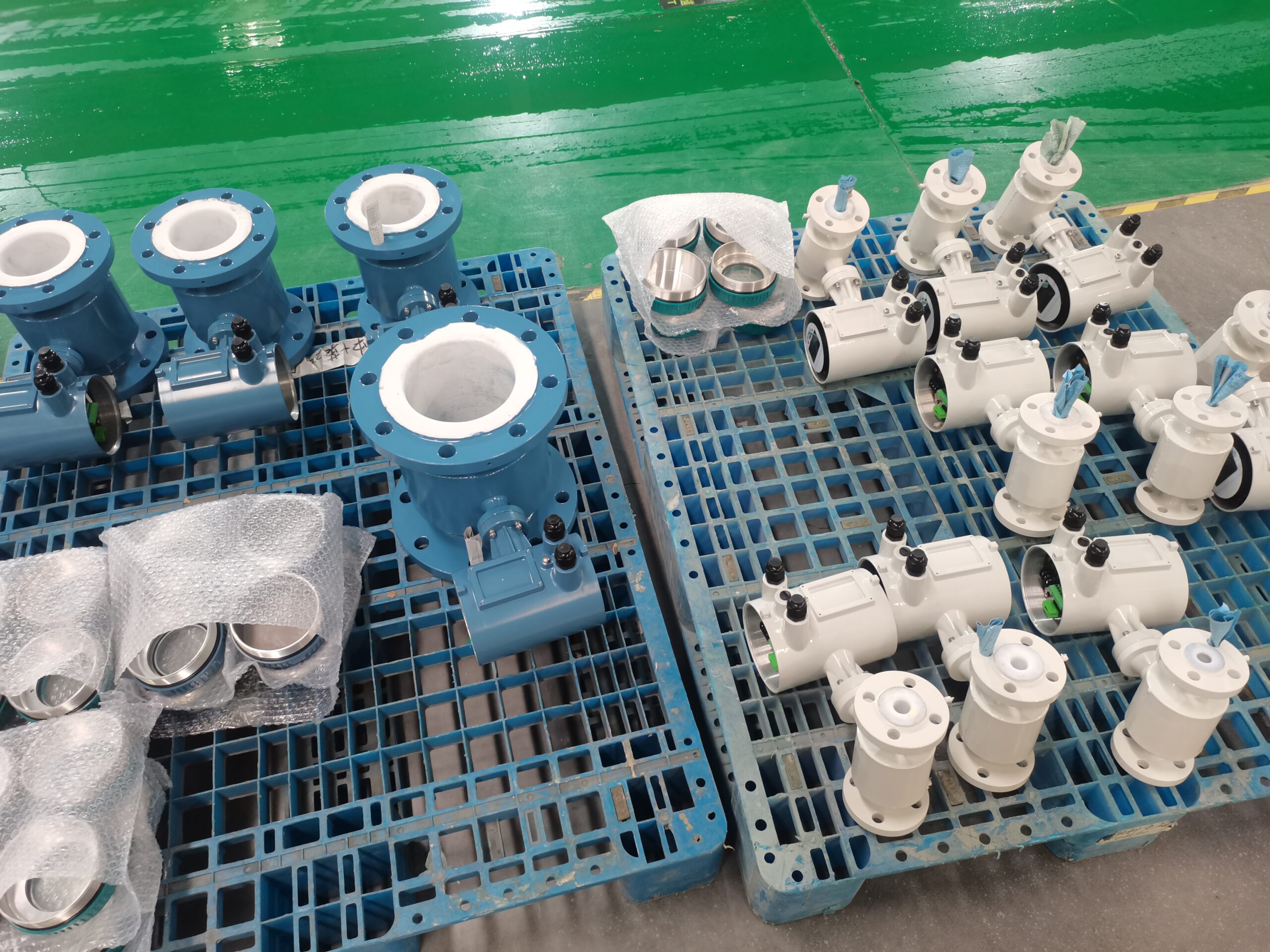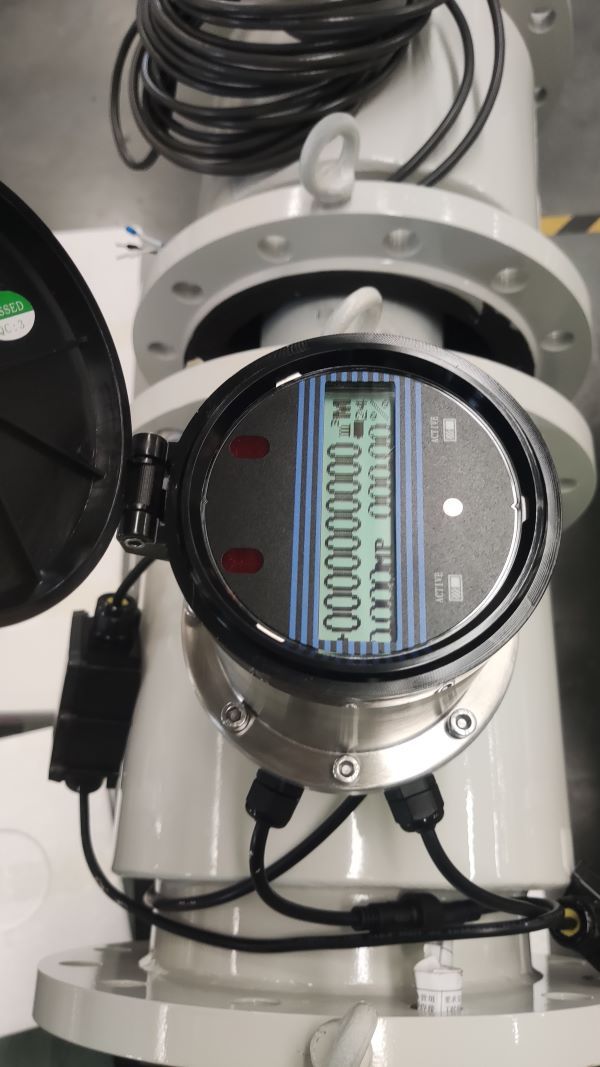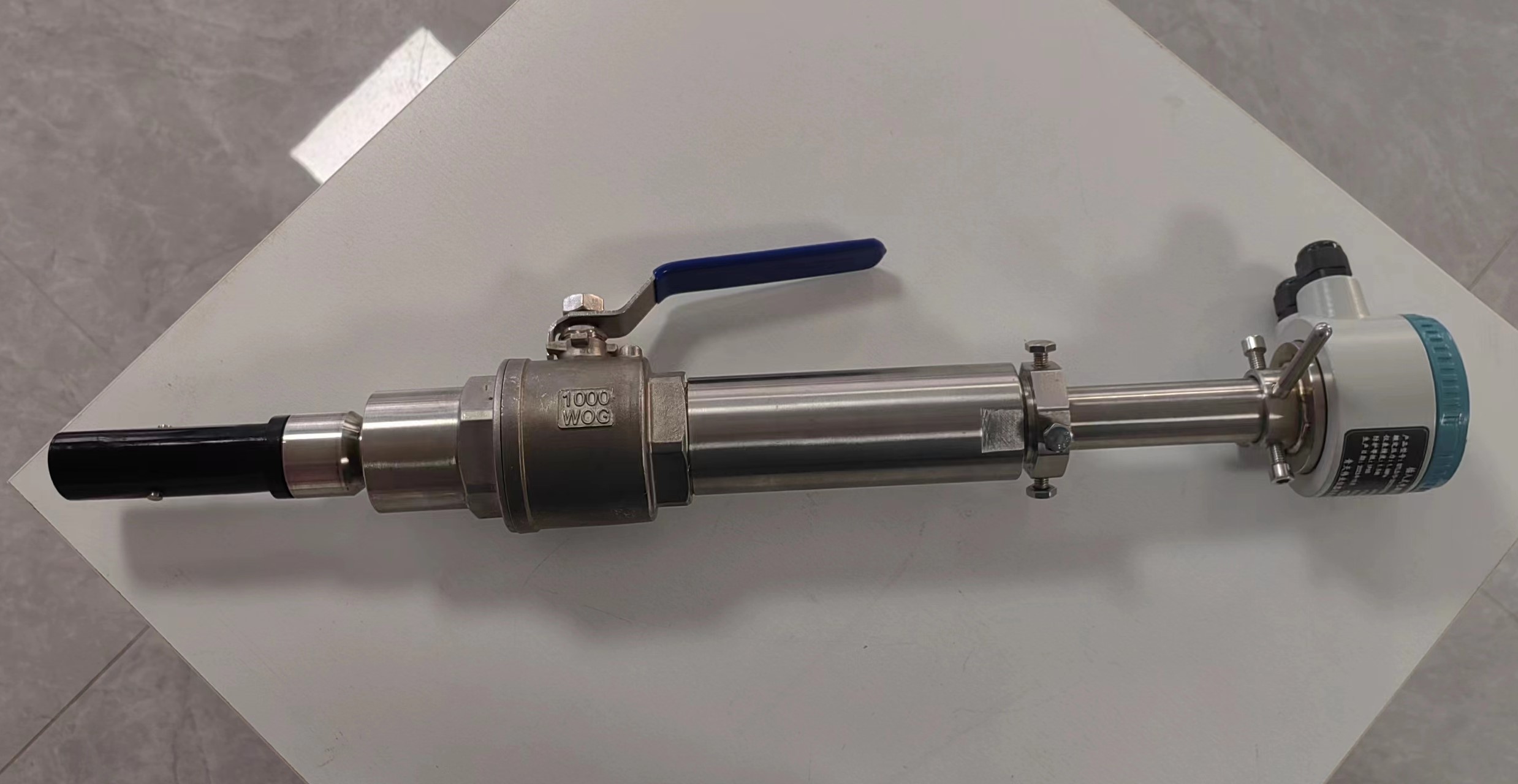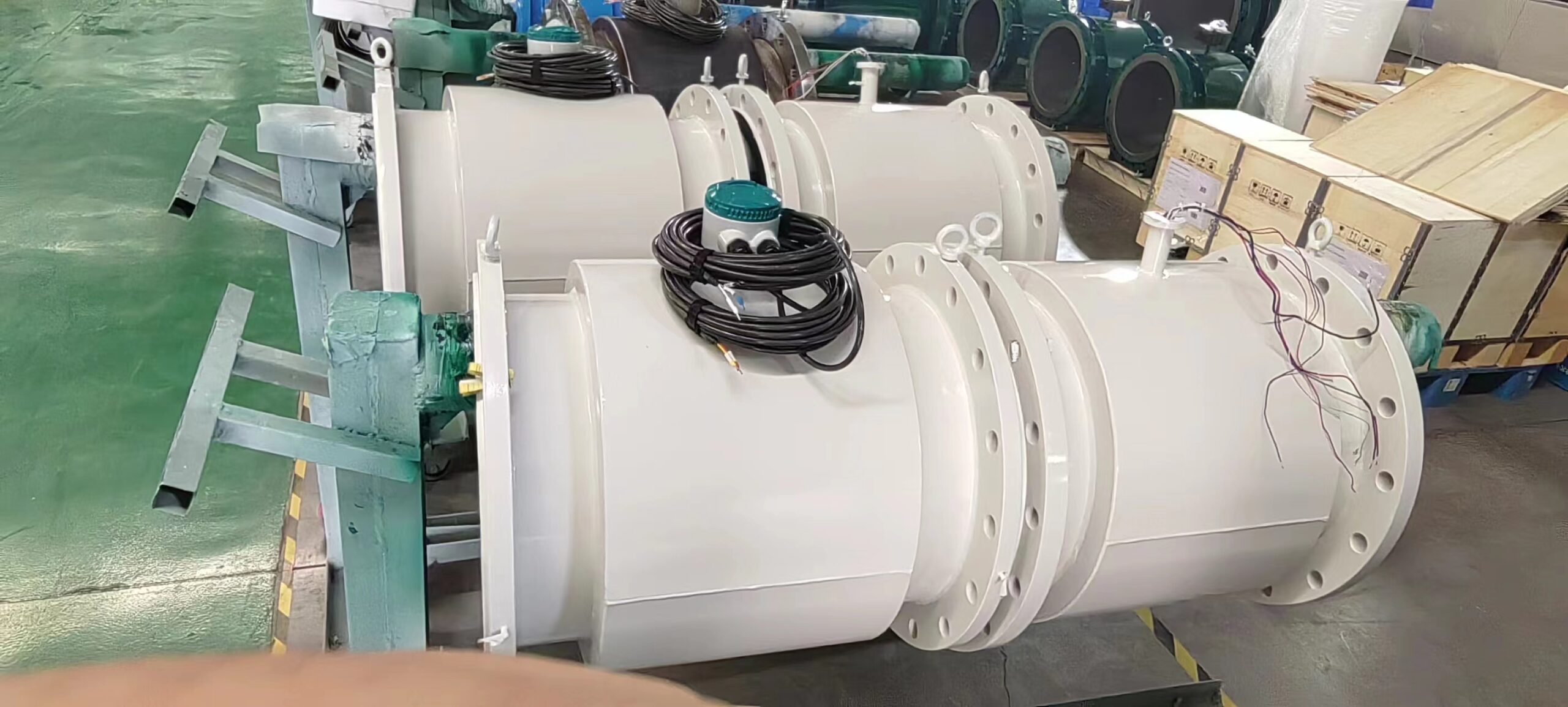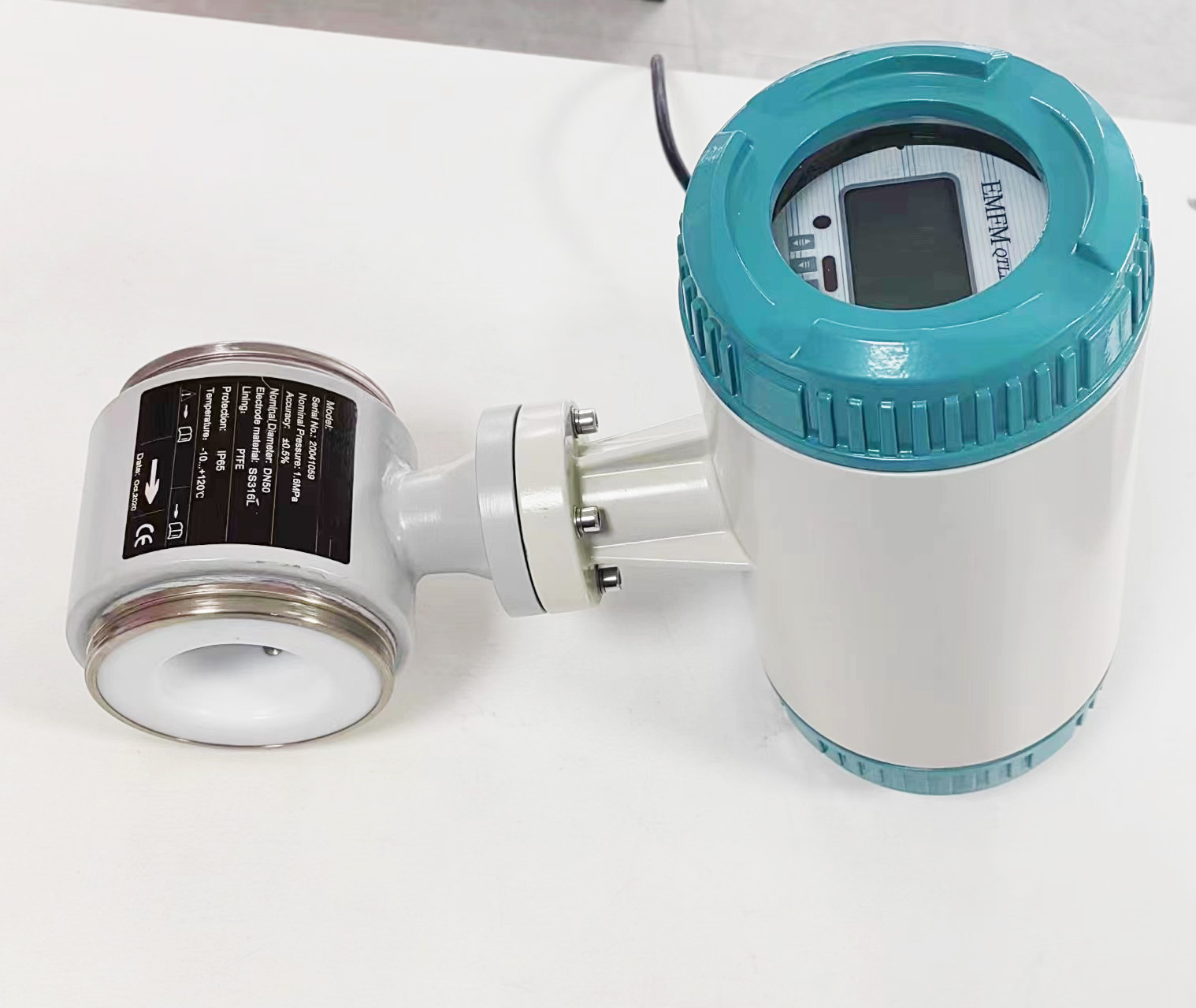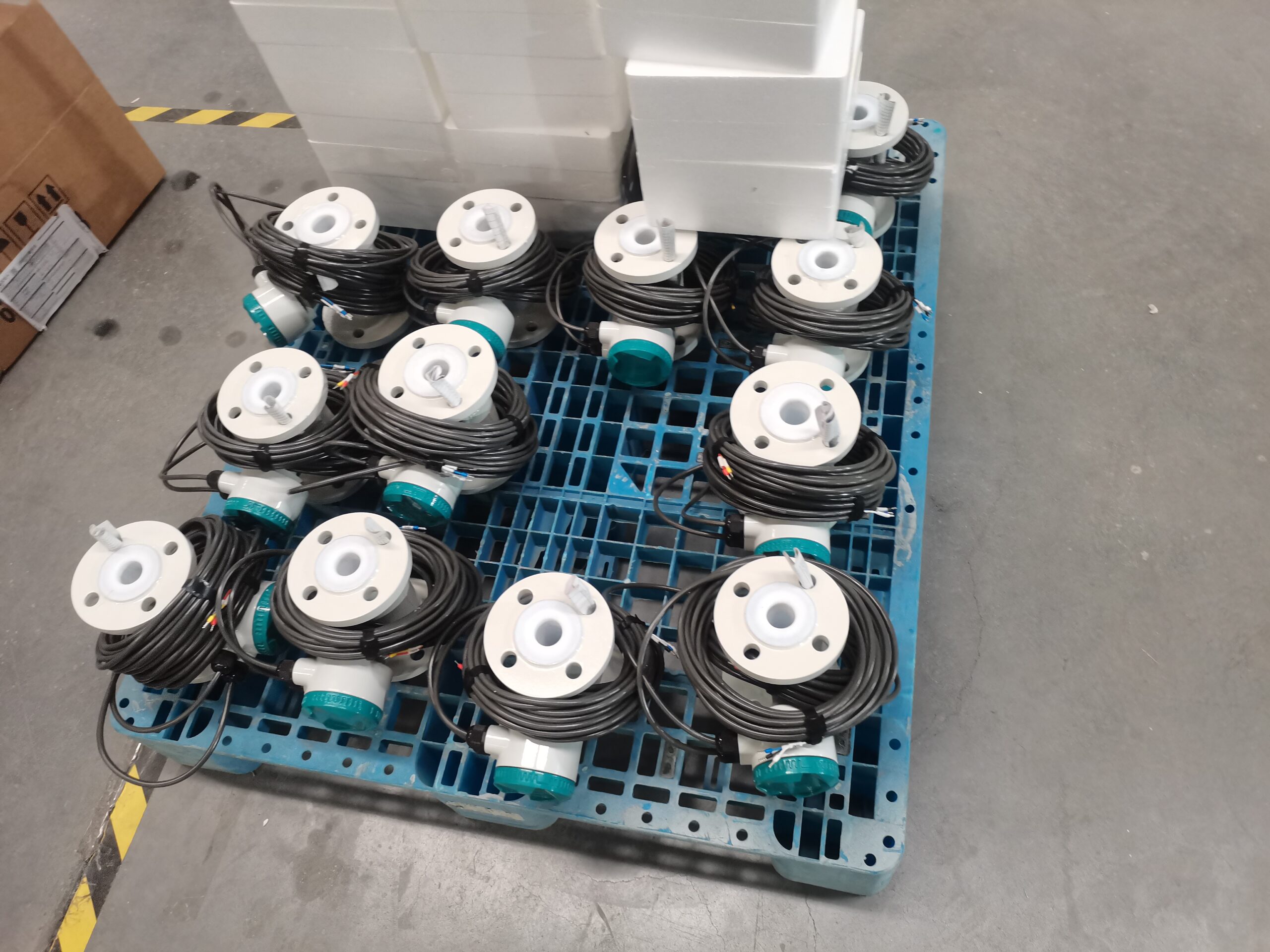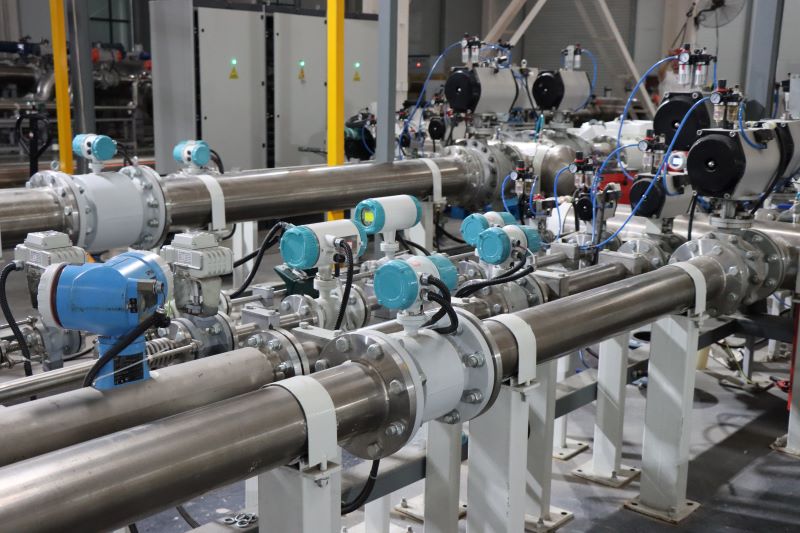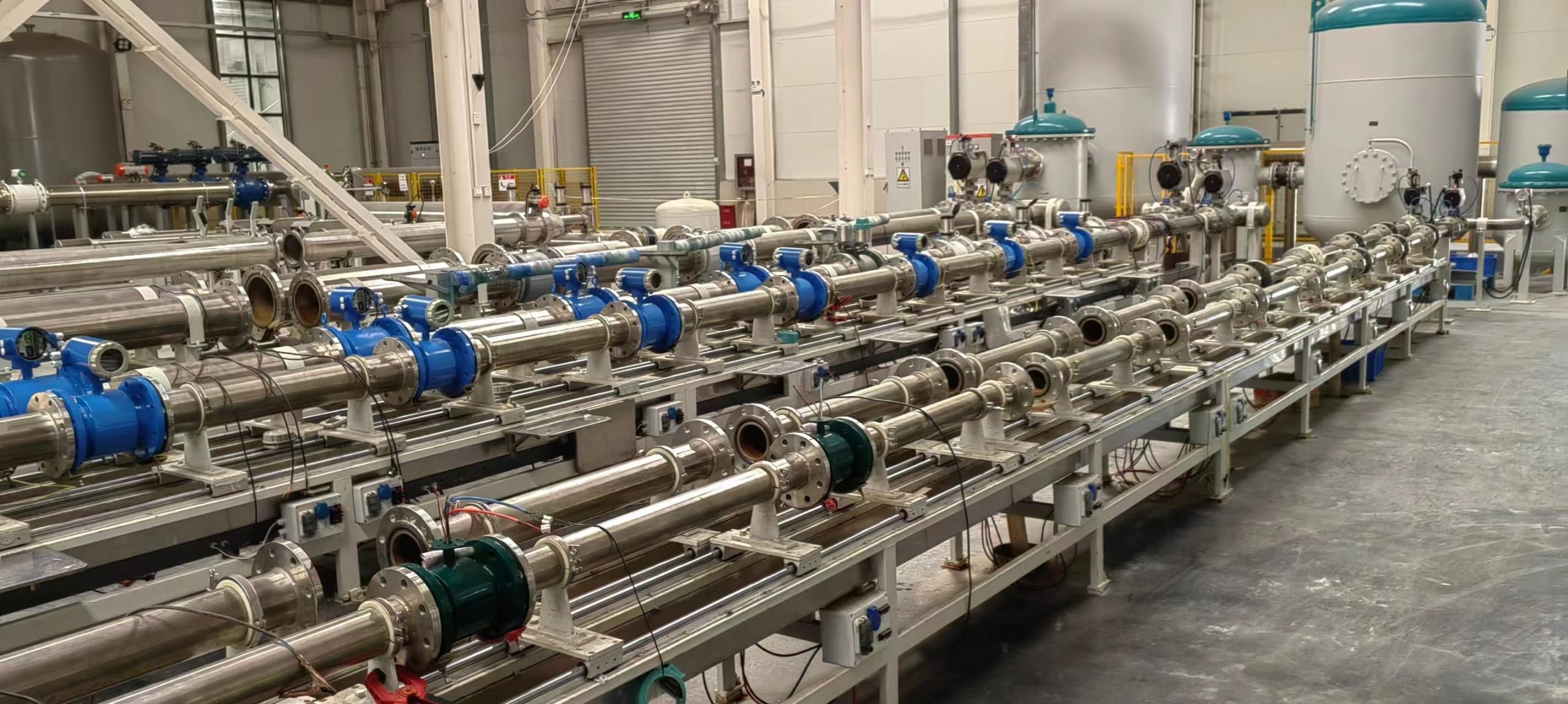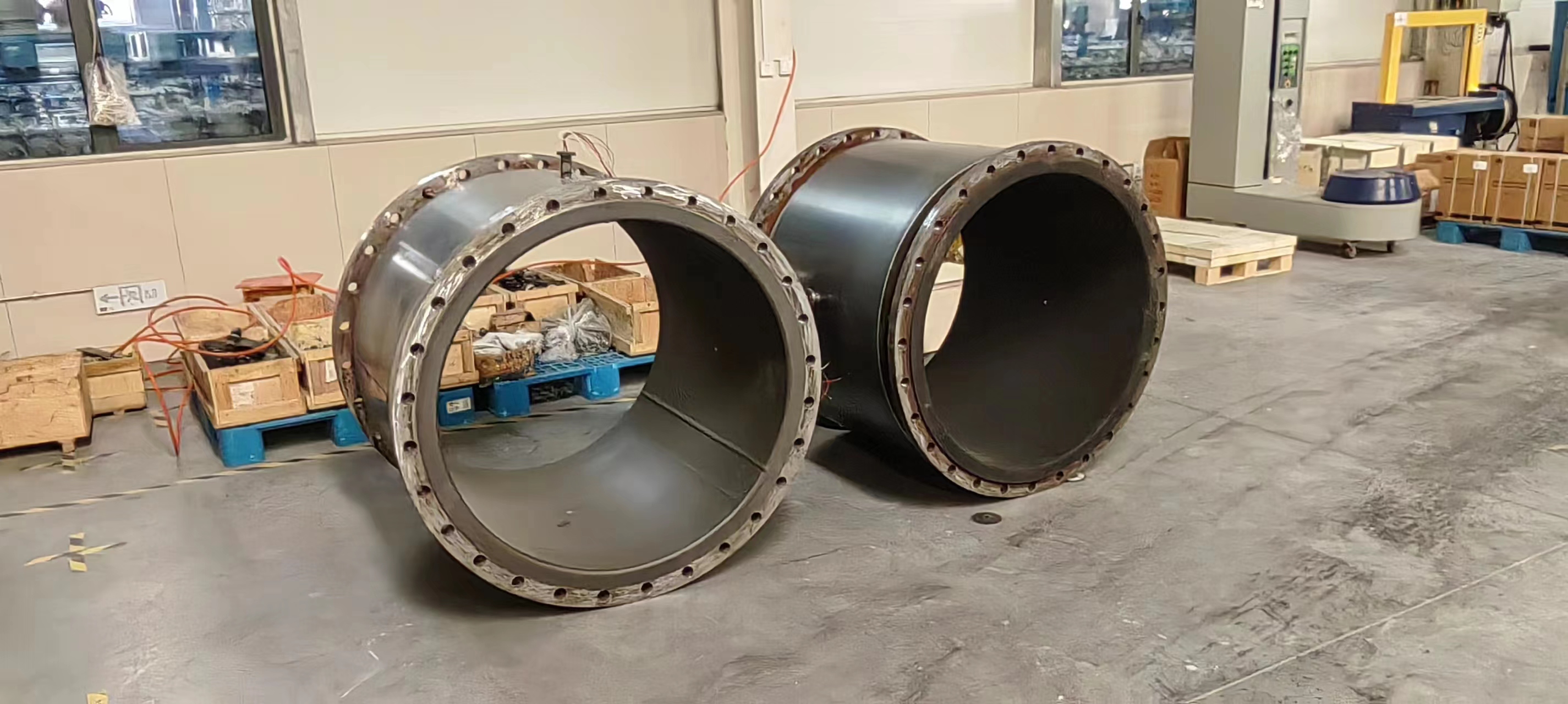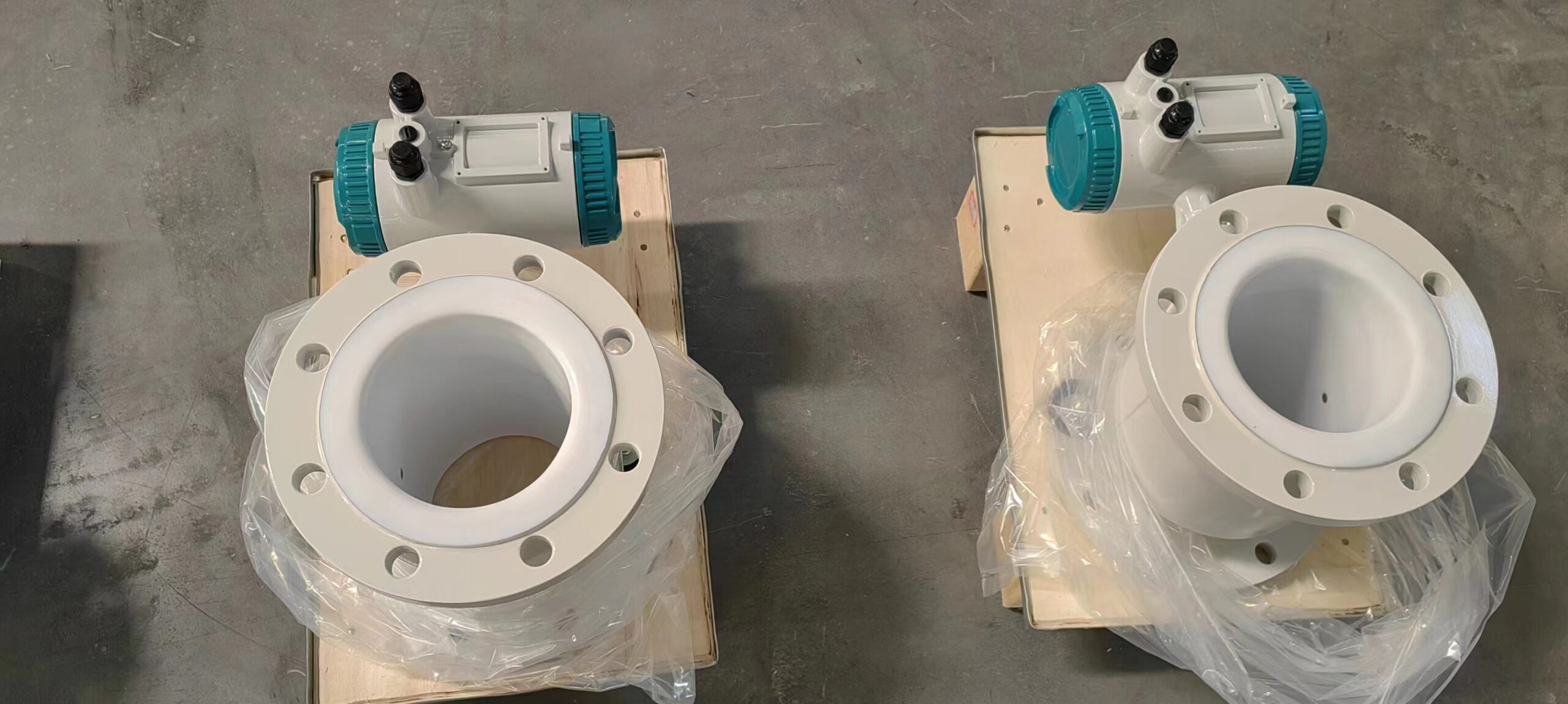Electromagnetic flow meter application in saline, caustic soda measurement characteristics
Suitability of electromagnetic flowmeters in chlor-alkali measurement chlor-alkali occupation measurement of brine and caustic soda, both of which have the same characteristics:
1. The composition of salt water is more messy, sometimes acidic, sometimes alkaline, and may contain free chlorine because the ionic membrane dechlorination is not clean, both of which have strong corrosion.
2. Both are conductive media.
3. Due to the low temperature in winter, the chlor-alkali plant in the north has a salt-forming scene in the brine pipeline, and the estranged caustic soda will precipitate salt with the temperature dropping during the transport process; Ionic membrane caustic soda 32% will crystallize at about 3~C.
4. The temperature of both media is below 100℃. According to the characteristics of the measured medium and the advantages of the electromagnetic flowmeter, it can be seen that the electromagnetic flowmeter is very suitable for chlor-alkali measurement. Although the price of the electromagnetic flowmeter is more expensive, its accuracy is high, the protection amount is small, the service life is long, and the cost performance is high.
Differential pressure flowmeters, turbine flowmeters, elliptic gear flowmeters, etc. are affected by fluid operating conditions, fluid density, viscosity and other parameters, so that the measurement error increases. Because the measuring element is worn by solid particles, the life is reduced, and even the blockage cannot be used, and the corrosion cannot be treated.

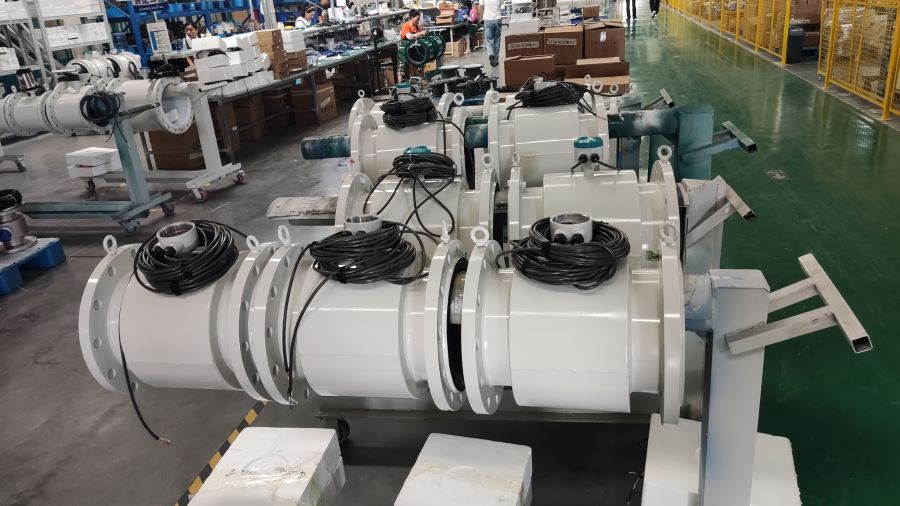

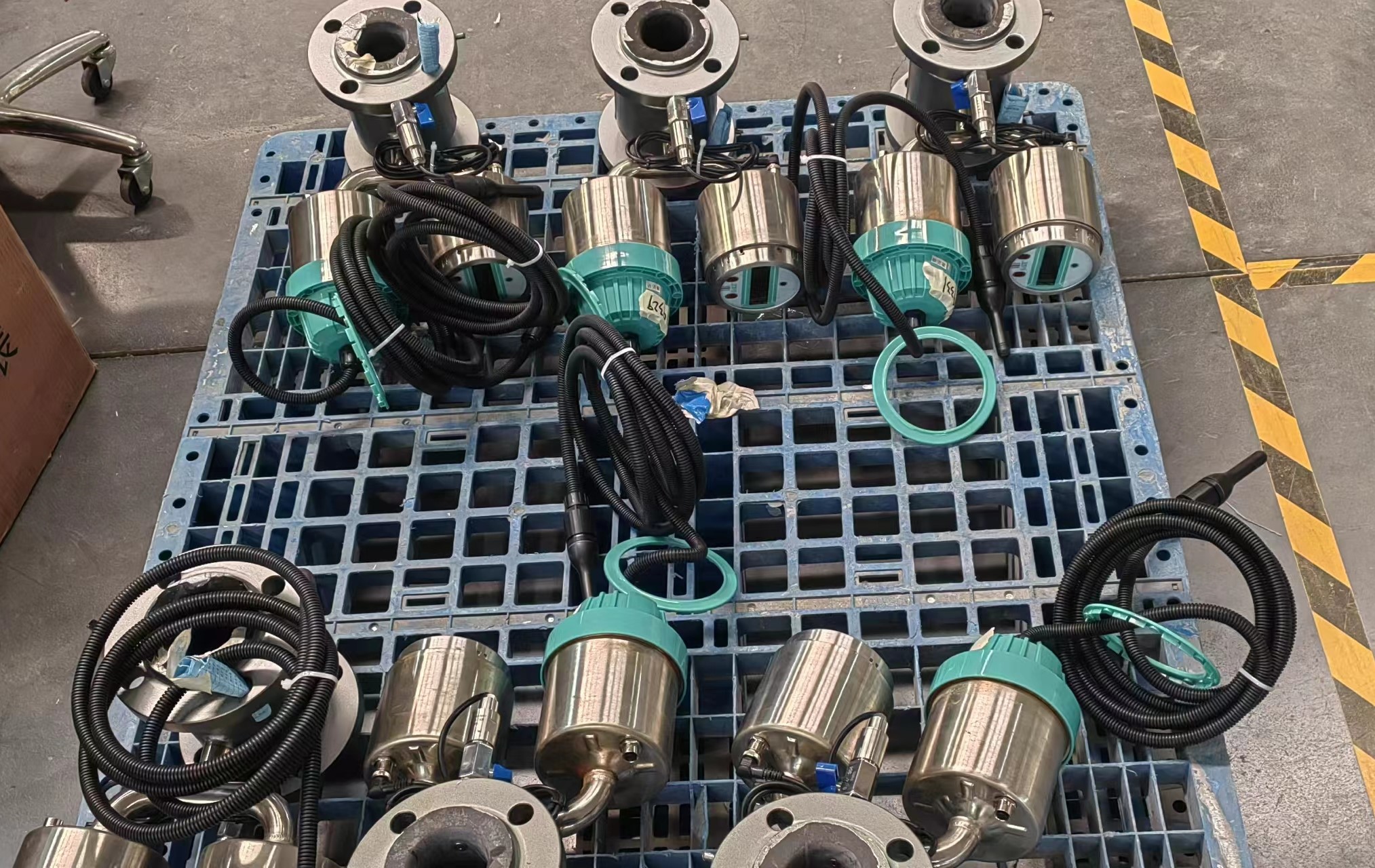
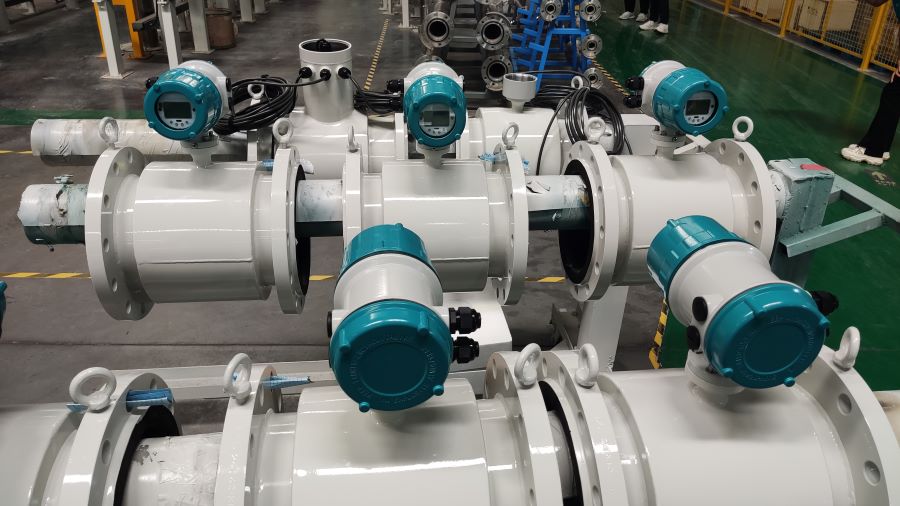
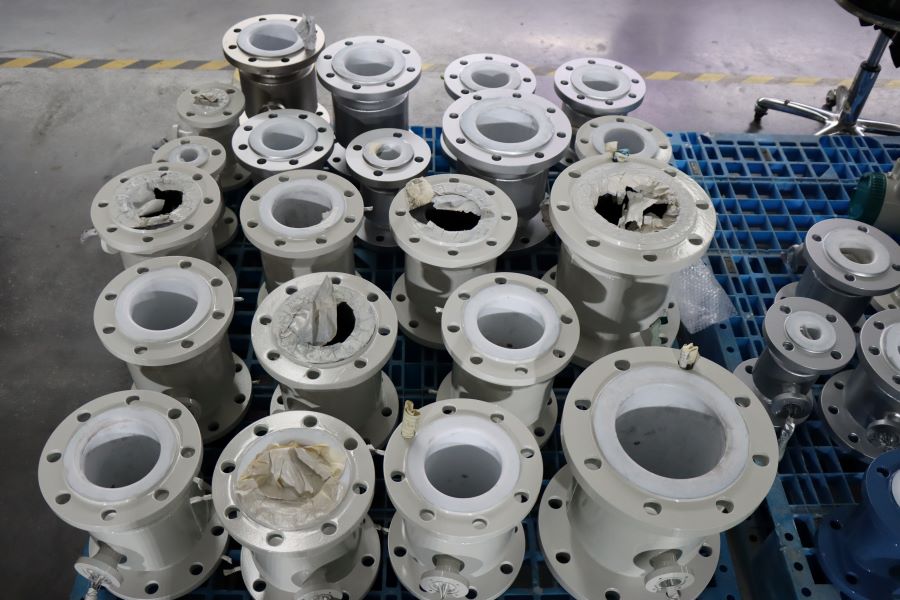
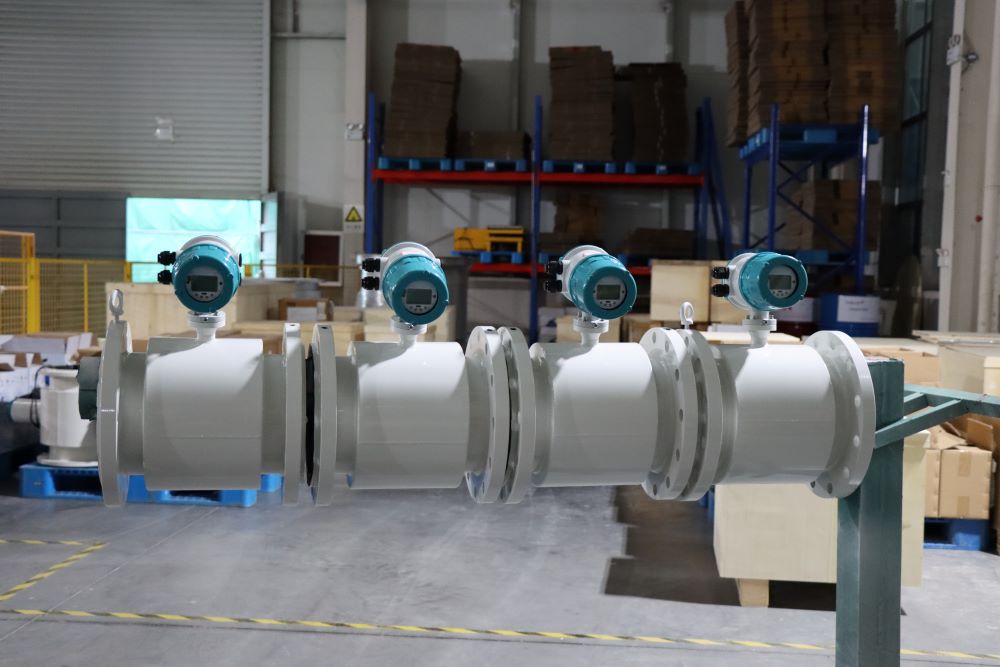
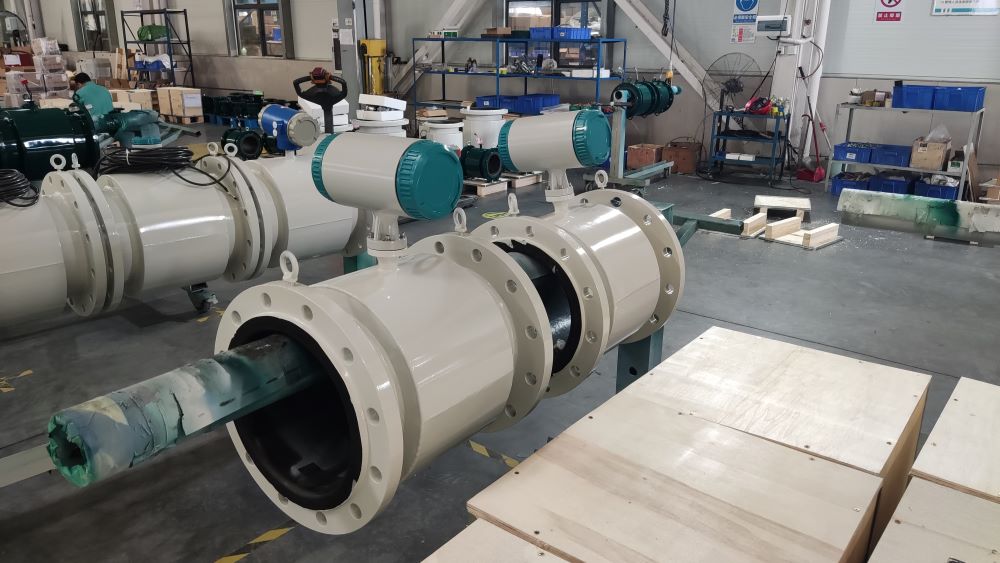
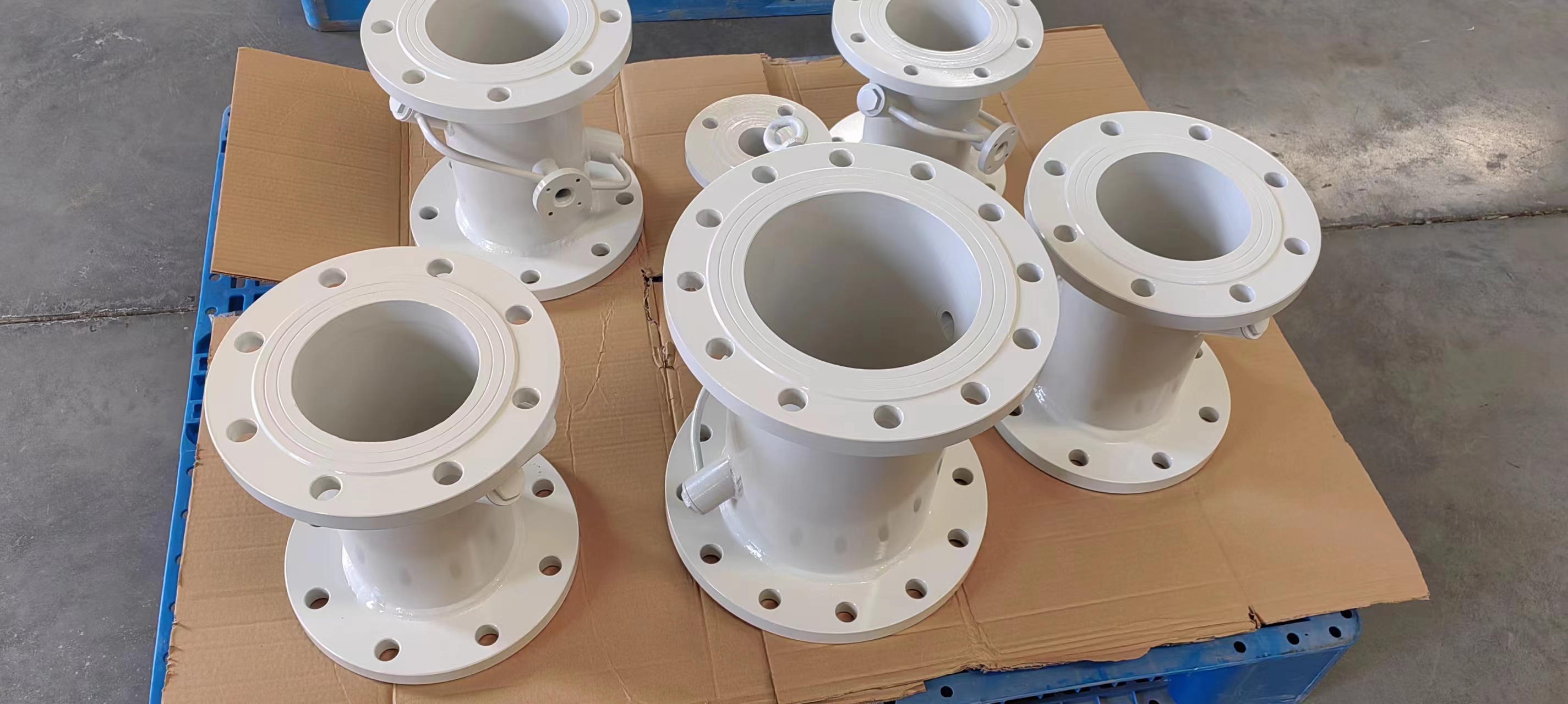
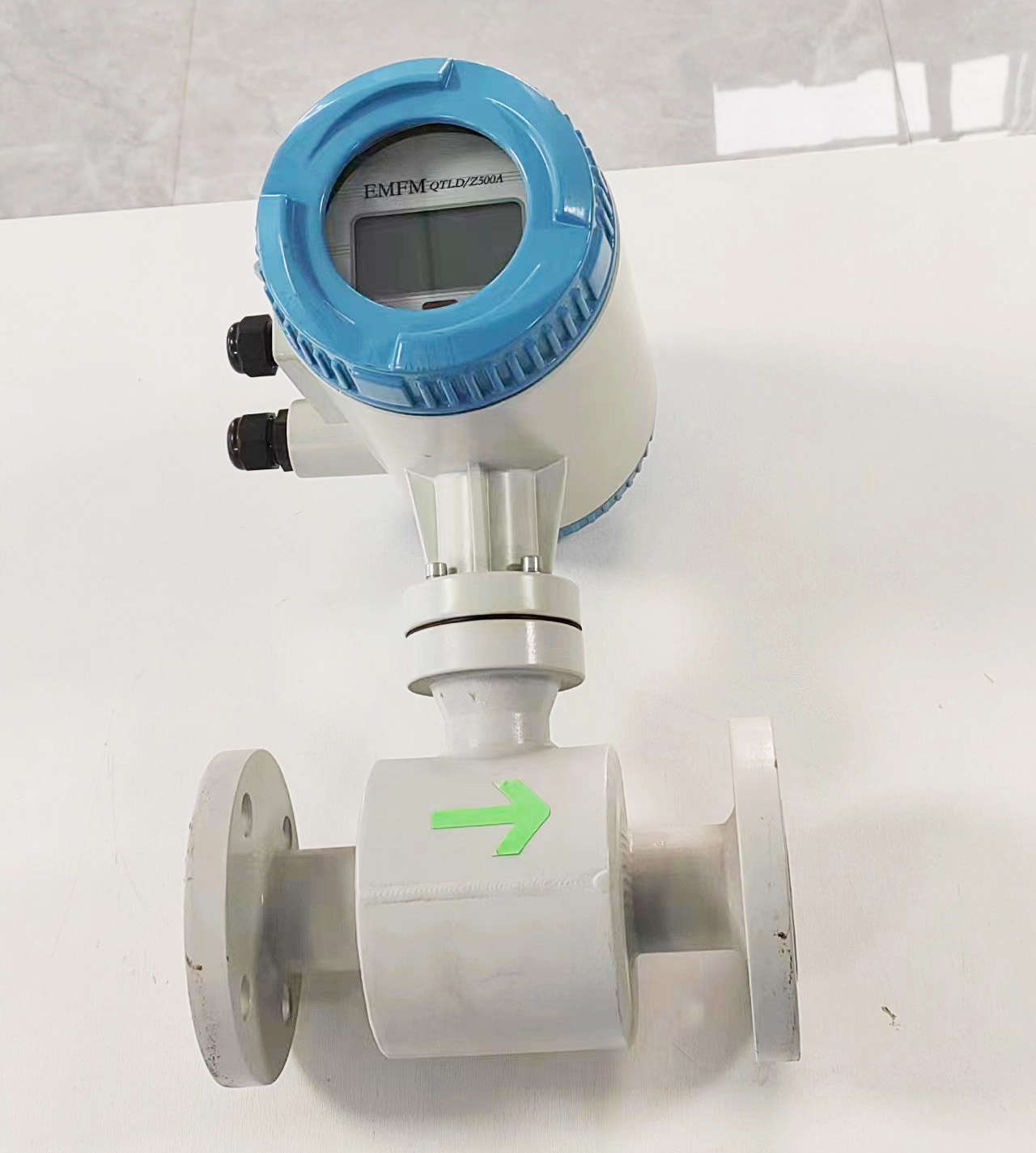
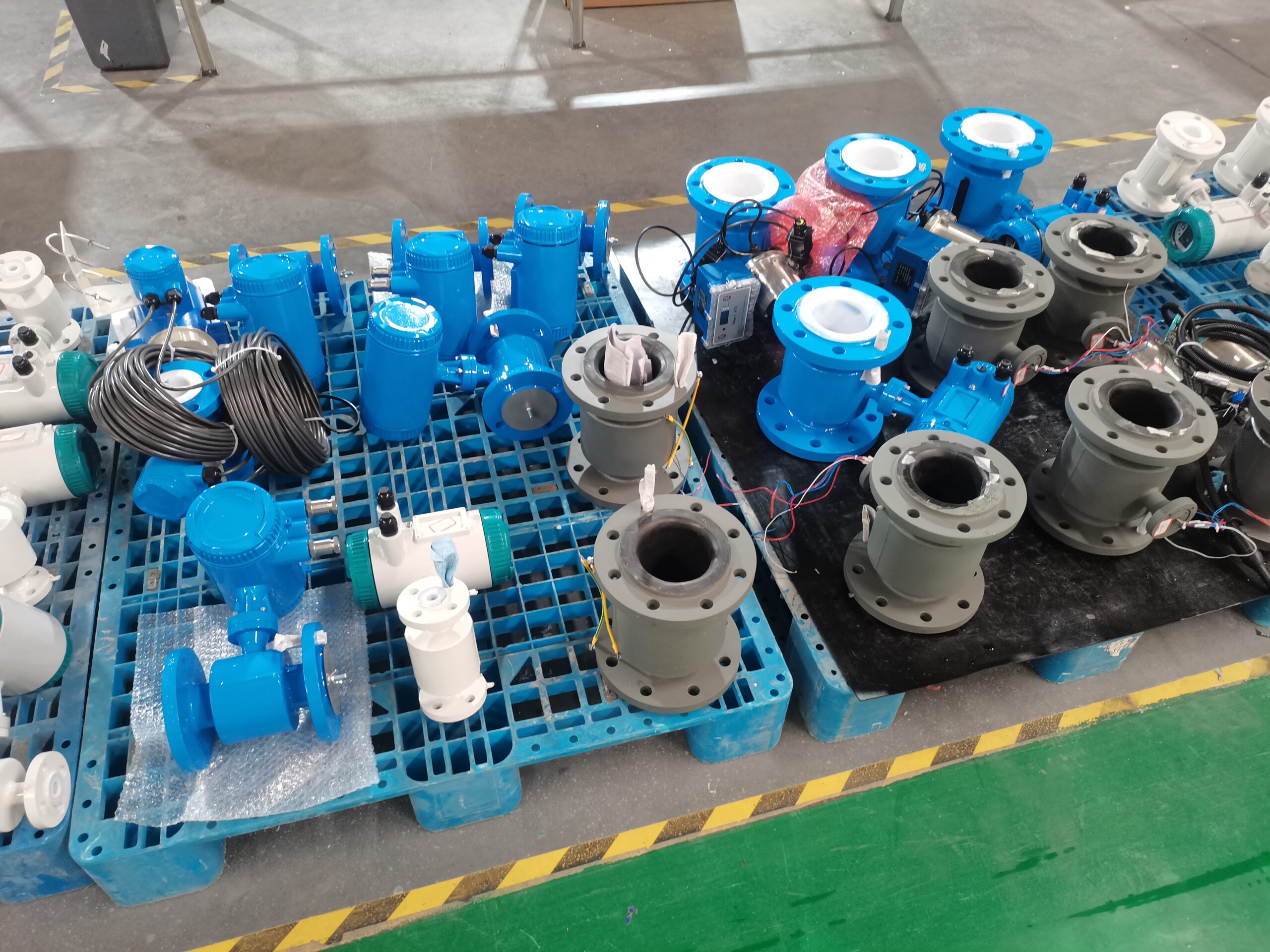
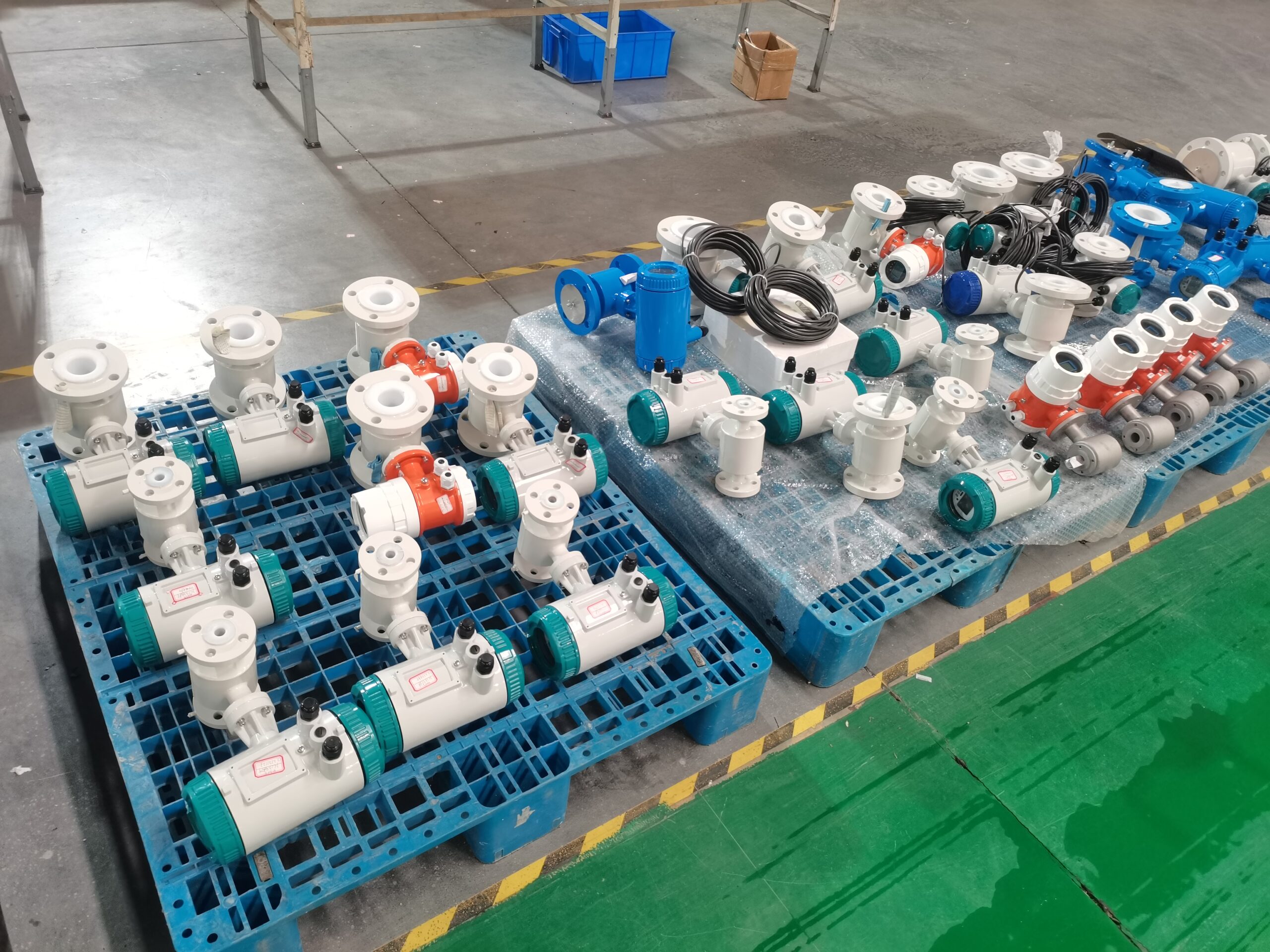
-.jpg)
